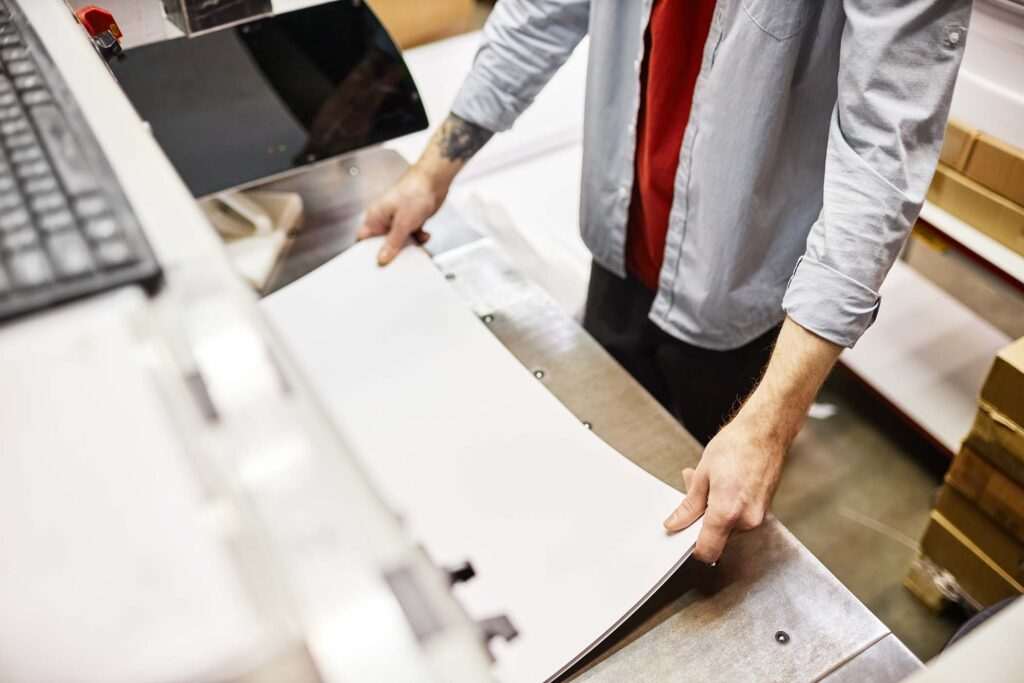Our Services
Booklet-Printing
Booklet printing refers to the process of producing a small, multi-page booklet that typically contains information, illustrations, or promotional material. Booklets are commonly used for brochures, catalogs, event programs, instruction manuals, and other purposes where compact, informative material is required. Here are some key aspects of booklet printing
Layout and Design: Booklets are designed to be visually appealing and organized. The layout includes the arrangement of text, images, headings, and other elements on each page. Design considerations such as font selection, color schemes, and overall aesthetics are important to create an attractive and engaging booklet.
Page Count and Pagination: Booklets can consist of multiple pages, typically in increments of four (e.g., 4 pages, 8 pages, 12 pages, etc.), as the pages are printed on large sheets of paper that are then folded and bound. Pagination refers to the order in which the pages are arranged, ensuring that the content flows logically when the booklet is read.
Printing Method: Booklets can be printed using various methods, depending on factors such as quantity, budget, and desired print quality. Common printing techniques for booklet production include digital printing (suitable for short runs), offset printing (ideal for medium to large runs), and print-on-demand services.
Paper Selection: The choice of paper for booklet printing depends on the desired look and feel, durability, and budget. Options range from lightweight and glossy paper for vibrant colors and sharp images to heavier and matte-coated paper for a more luxurious or professional appearance.
Binding Options: Booklets are typically bound using one of several binding methods. Saddle-stitch binding involves folding the printed sheets in half and stapling them along the spine. Other options include perfect binding (gluing the pages to the spine) or spiral binding (using plastic or wire coils). The binding method depends on factors such as page count, durability, and desired aesthetic.
Finishing Options: Booklets may undergo additional finishing processes to enhance their appearance or functionality. This can include options such as laminating the covers for extra protection, adding a gloss or matte coating for a polished look, or incorporating features like die-cutting or embossing to create unique visual effects.





